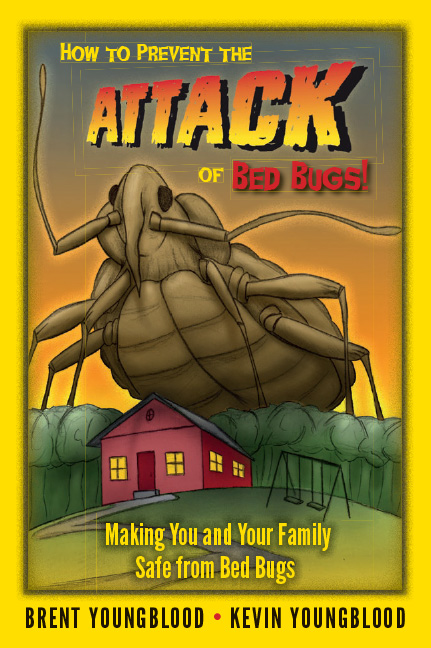Inspection and identification are the first step. Getting rid of bed bugs will require many different steps over several weeks. Be patient and persistent and you will succeed. The following information will identify what you can do and what you can do to assist a professional service.
Scent Tek recommends if you suspect bed bug activity to immediately order an inspection and isolate the problem. Bed bug eggs hatch in seven days and you can expect forty new bed bugs from each female.
- Find out where they are hiding. Bed bugs don’t just stay in mattresses (though that is a favorite hiding spot). Look along baseboards, under and behind dressers, and any other dark hidden areas nearby. Trained dogs are the most effective inspection service available today. If you choose not to have a professional conduct the inspection, continue.
- Monitor their movement by using double-sided tape around the perimeter of your bed or wrapped around bed legs. This will help show you if the bed bugs are living in or outside of your bed.
- Carefully vacuum infested areas using a bagged vacuum. Dig the hand held nozzle into and along furniture to help remove eggs. Be sure to tightly seal the vacuum bag and dispose it outside the home. Vacuuming alone will not eliminate an infestation.
- Steam clean furniture & other surfaces to kill remaining bugs and hidden eggs. Handheld steamers are widely available in stores and online. Bed bugs are vulnerable to high temperatures (above 120oF). Pass the steamer slowly over infested surfaces. Always use caution to avoid burns. This method provides no guarantee all bed bugs have been killed.
- After cleaning, encase mattress in a zippered bed bug proof cover–duct tape the zipper. Leave cover on for at least one year and pull bed away from the wall. Keep bedding from touching the floor by tucking it in. Change sheets often.
- Wash all linen, laundry and other infested clothing articles in hot water. Dry on the highest possible setting. Unwashed, unwashable and dry “dry clean only” items can be put in the drier for at least 20 minutes to kill bed bugs.
Depending on how bad the infestation is, you may or may not have to throw out your mattress. If you or your pest control operator decide it is best to throw it away, do so responsibly. Make a sign or slash the mattress so that someone else doesn’t pick up the problem and bring it home.
Label discarded infested items carefully to let people know not to pick them up and take them home. Otherwise, bed bugs will continue to show up in the community.
Do not use chemicals around sleeping areas and furniture unless they are properly labeled to treat these surfaces for bed bugs. Chemical applications are best reserved for professional pest control operators.
If you are renting, notify your landlord about an infestation right away. You have the right to live in a safe and habitable environment. Work with your landlord to prevent the spread of bed bugs.
Remember, there is no magic formula that will guarantee bed bug elimination. These tips are not intended to replace a select treatment program by knowledgeable professionals. The use of pesticides may be necessary. If possible, seek professional advice before applying pesticides for bed bugs especially around people with health conditions.
References
- L.J. Pinto, R. Cooper and S.K. Kraft. 2007. Bed Bug Handbook: The Complete Guide to Bed Bugs and Their Control. Pinto & Associates, Inc.: Mechanicsville, MD.
- Dr. Jody Gangloff-Kaufmann and Jill Shultz. 2003. Bed Bugs Are Back: an IPM answer. New York State Integrated Pest Management Program, Cornell Cooperative Extension, Cornell University. http://www.nysipm.cornell.edu/publications/bed_bugs/files/bed_bug.pdf
- Dr. Stephen A. Kells and Jeff Hahn. 2006. Traveler Q & A: Preventing bed bugs from hitchhiking to your home. Communication and Educational Technology Services, University of Minnesota Extension. http://www.extension.umn.edu/distribution/housingandclothing/M1196.html
- UC IPM Online. 2002. Bed Bugs. Statewide IPM Program, Agriculture and Natural Resources, University of California. http://www.ipm.ucdavis.edu/PMG/PESTNOTES/pn7454.html
© 2021 scenttek.




